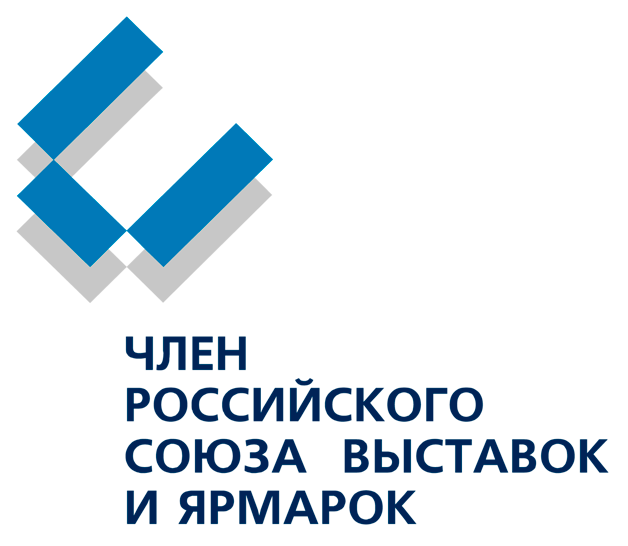Foreign Experts Recommend Multi-Centre Development Strategy for Novosibirsk

Polycentric agglomeration was one of development variants for Novosibirsk offered by foreign specialists who took part in the theme session devoted to international experience of agglomeration development. This event was held at the Novosibirk Expocentre International Exhibition Complex on March 21 as part of the All-Russian Conference on Urban Agglomeration Development.
The panel discussion was organized to exchange experience between Russian and foreign specialists from England, France, Japan, and Finland.
‘Finland is a northern country. It is very much like Russia in this respect. And Helsinki is in many ways similar to Novosibirsk. That’s why I think that the Helsinki experience in the sphere of agglomeration development will be especially useful for Novosibirsk’, thinks Mr. H. Casker, representative of the Finnish company Vahanen. Harry Casker said that today Helsinki is in the process of active development. The circumference of the city is 150 kilometers, and it has not yet reached its maximum. Therefore, developing transport accessibility of the city is necessary. Three belt roads, 7 highways, and new metro stations have already been built around Helsinki. Active construction activities are carried out around the belt roads – business centres, university complexes are being built.
In general, efficient land use is one of acute problems in Finland. The solution to this problem was found in the development of underground areas. Multi-level underground parking lots, bus stations, swimming pools, and ski tunnels are being actively constructed.
The importance of transport infrastructure development for agglomeration was also emphasized by the representative of the English company ARUP Stefano Rekalkati, who gave a speech at the conference.
‘Today the population of London agglomeration exceeds 8 million people. And the development of transport network is an important factor of urban development’, noted Mr. Rekalkati. Today, large business centres, exhibition complexes, park areas are being created in the capital of England as part of the general strategy of London agglomeration development. For example, one of Europe’s tallest buildings, The Saint Jill’s Centre, which became one of key objects of business life in London, has been recently constructed. And in 2012 Queen Elizabeth Olympic Park was created at a former industrial area of London. That is a cozy district with a dozen new bridges, pavements and roads. A huge international railway station was constructed in the centre of the Olympic Park. This park is not only the place where sports structures left after the 2012 Summer Olympics are located, it became a cozy part of town with residential houses and jobs for residents of London.
Stefano Rekalkatinoted: ‘Launching an agglomerative process in Novosibirsk is unfeasible without close connection with municipal entities and the nearest towns. The city needs developing the Tolmachevo Airport Area, the adjacent territories as well as scientific centres. Of course, the development of transport infrastructure plays an important role in this process’. Representative of the Japanese Company NikkenSekkei Takayuki Ishikawa also spoke about the importance of creating a transport-oriented systemin the process of urban agglomeration development.
‘Today’s Tokyo is one of the largest cities of the world. The population of Tokyo exceeds 13 million people. Therefore, the problems of mobility, transport accessibility, and ecology are seriously dealt with. The concept of developing the Tokyo agglomeration is built on a transport-oriented system and the use of environmentally friendly technologies’, said Mr. Ishikawa. The representative of NikkenSekkei demonstrated the participants of the panel discussion what favorable effects the transport network development had on the development of Tokyo and its satellite town, Jakuba. He also noted that Novosibirsk needs developing its metro system, ‘it is necessary to link downtown with the suburbs and the surrounding towns’.
The significance of metro system development was also pointed out by the French expert, representative of GrandParis Company,
‘Transport network that connects the centre of Paris with suburban areas is not very well developed today. In order to solve this problem, we propose constructing ‘Express Metro’. It is assumed that the train of such a metro system will transport about 3 million people every day. Average speed of trains will be 60 km/h, with maximum speed reaching 110 km/h. The train will arrive and depart each 8 seconds’, noted the representative of GrandParis. All the participants of the panel discussion emphasized that efficient development is impossible without attention to ecology. Agglomeration must have a synergic effect – create comfortable conditions for people, business establishment, and investment attraction.








